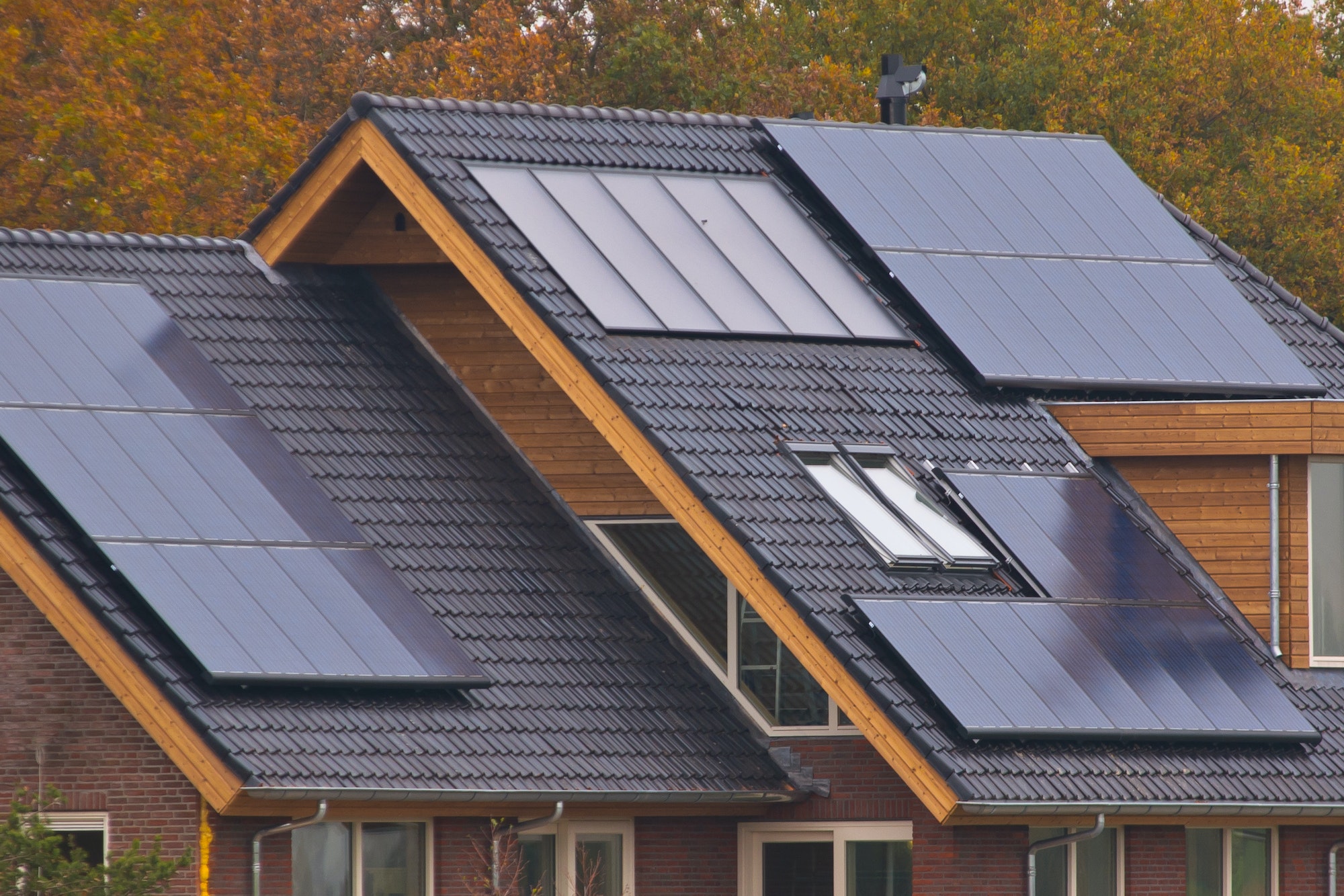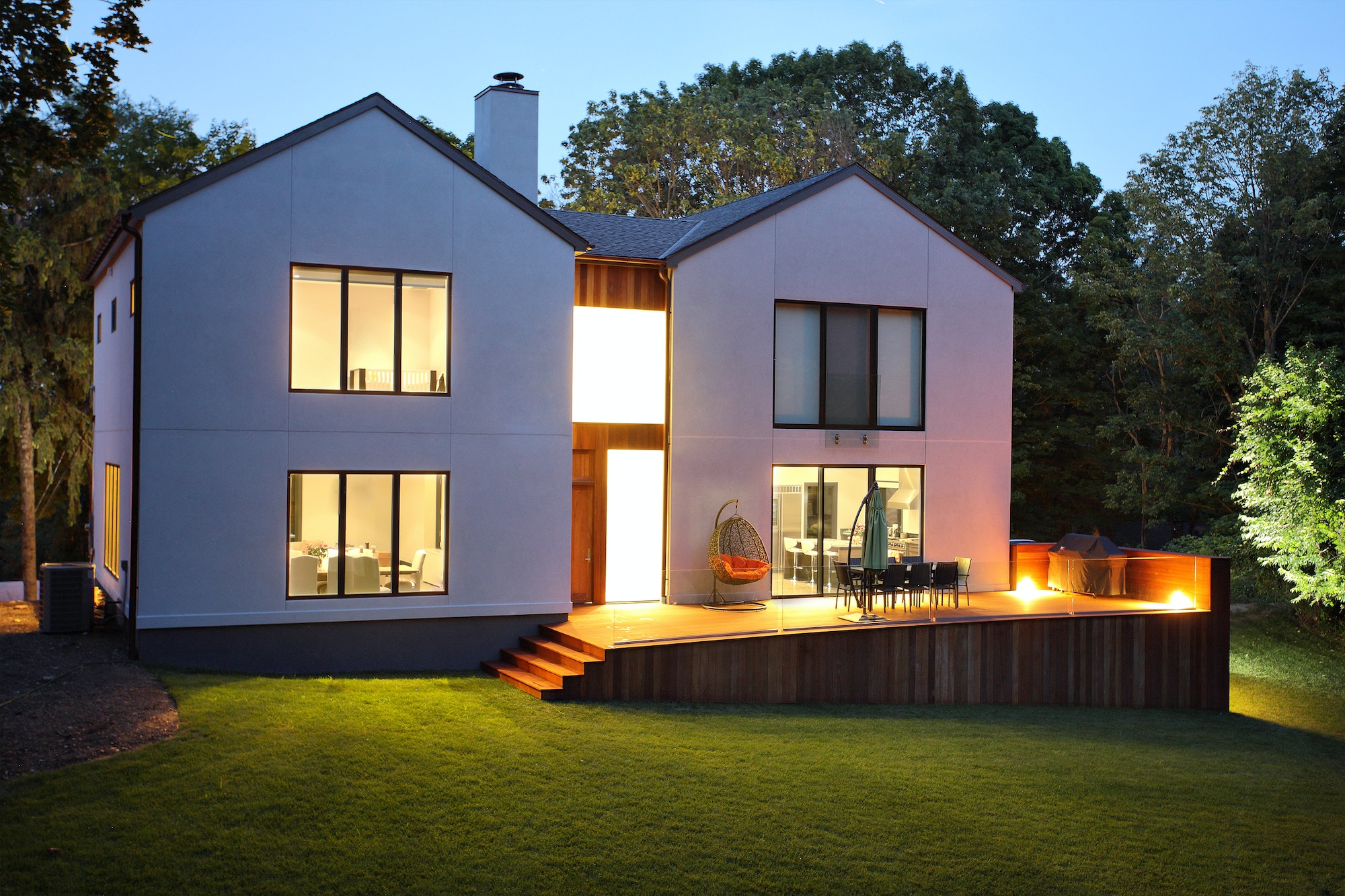As green energy continues gaining popularity, solar stands out as an eco-friendly option for homeowners. Solar panels usually convert sunlight, which comprises energy particles called photons, into energy you can use to power electrical loads. They can be used in various applications, including telecommunications equipment, cabin remote power systems, remote sensing, and energy production by commercial and residential solar systems.
Solar panels offer several environmental benefits, possibly preventing carbon-emitting fossil fuel dependence and enhancing indoor air quality. Here are seven things you need to know about solar panels.
1. How do solar panels function?
Solar panels work by enabling photons or light particles to knock electrons from atoms to generate electricity flow. They contain many small units known as photovoltaic cells. Once the sun shines directly on these cells, it emits solar radiation, which the PV cells absorb. The sun energy develops electric charges whose movement depends on the cell’s electrical field, directing electrical energy flow. Solar panel parts convert energy to alternating current from direct current for residential use. Some solar array parts preserve the energy for later usage.
2. Do solar panels work at night?
Do solar panels work at night? Some solar panels do technically function with moonlight. Nonetheless, the power they generate even when the moonlight shines directly on them without cloud cover is relatively minimal. Other home solar panels usually go into sleep mode at night, meaning they aren’t actively generating electricity. Additionally, your solar inverter could deactivate if the solar panels are creating a small amount of energy. This means the energy levels solar panels generate at night are too low for a majority of the solar systems to bother with.
3. Types of solar panels
There are three common solar panel types: polycrystalline, monocrystalline, and thin film. They vary depending on their appearance, how they’re made, performance, installation, and costs. Every solar panel type has its distinct pros and cons, and the one suitable for you depends on elements specific to your desired system features and property. Monocrystalline panels have high efficiency and performance but high costs. Polycrystalline solar panels are low-cost, but their efficiency and performance are low. While thin-film panels are flexible and portable, their performance and efficiency are low.
4. What are solar panels made of?
For solar panels to produce electricity, their cells are made from semiconducting materials that convert light into energy. Silicon is the most common semiconductor material used in solar cell manufacturing processes. Polycrystalline and monocrystalline solar panel cells using silicon wafers assembled into columns and rows to create a rectangular shape, covered with glass sheets and framed together.
While these two solar panel types are made using silicon, they vary in composition. While monocrystalline solar cells are from a single, pure silicon crystal, polycrystalline cells consist of silicon crystal fragments melted together in a mold before being shaped into wafers. Thin film solar panels are made using materials like cadmium telluride, Copper Indium Gallium Selenide, or amorphous silicon.
5. Solar panel installation
Solar panel installations can be done professionally or as DIYs for those with the necessary skills. The installation alternative you choose should be suitable for your comfort level. If you go for professional installation, ensure you talk to several solar panel suppliers because some have special pricing offerings on installations. However, consider their experience and licensure for proper installation and system longevity. Choose the right solar panels for your roof. If your roof is older, you might have to replace it to ensure the panels have the necessary structure to support their weight.
6. Solar panel care and lifespan
Solar panels have a useful period, meaning they generate less energy as they age. Most solar panels are intended to last between 20 and 30 years. In addition, they’re reasonably maintenance-free, meaning you have to ensure they’re free from obstruction, including leaves, snow, and dirt.
7. Solar panel benefits
Installing solar panels in your home has many benefits, including:
Energy savings: Solar panels enable you to power your home without relying on the electrical grid. This saves money you would otherwise spend on utility bills as they make your home energy-efficient.
- Property value increase: If you’re planning on selling your home later on, consider installing solar panels as they’re a significant perk for homebuyers and can boost your property’s value
- Eco-friendly: Solar panels are a renewable source of energy. They can help you reduce your carbon footprint, making them environmentally-friendly
- Electrical grid failure independence: It can be inconvenient and frustrating if your area has unreliable electrical grids. However, solar panels, especially in regions that experience regular power outages, can help keep your lights on, freeing you from electrical grid failures
Endnote
Solar panels are a cost-effective and sustainable energy source you can use for your home. Familiarize yourself with the things you need to know about solar panels.
Discover more from Futurist Architecture
Subscribe to get the latest posts sent to your email.




